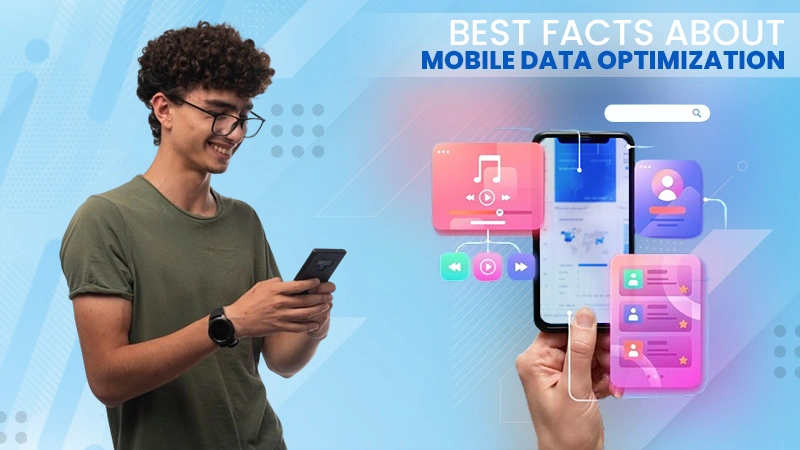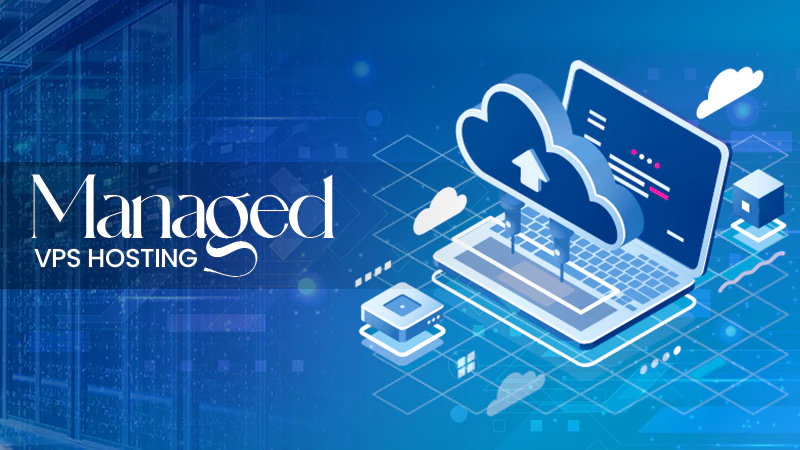Cloud computing has changed the way businesses and individuals use technology. It’s a model that provides constant, convenient, on-demand network access to a shared pool of configurable computing resources.
Over the years it has evolved and adapted to the chance and moved on from just simple sharing of basic resources to full-on complex networks and has also resulted in driving innovation and efficiency in many sectors and industries.
Early Beginnings and the Conceptualization of Cloud Computing
The story of cloud computing began in the early 1960s, beginning with simple time-sharing or resource-sharing with little computational power.
The idea was pretty simple. Make use of the processor time more efficiently. This period marked the beginning of what we would later come to know as cloud computing.
The Benefits of Web Analytics in Cloud Computing
The integration of web analytics into cloud computing has brought significant advantages. It gives us detailed insights into user behavior, website performance, and the effectiveness of online strategies.
The benefits of web analytics are manifold, including improved decision-making, enhanced customer experiences, and the ability to tailor services to meet user needs more effectively.
As it evolves and improves more, web analytics will become a core part of cloud computing and will help businesses optimize their cloud-based applications and services.
The Evolutionary Path of Cloud Computing
The 1990s: The Birth of Modern Cloud Computing
In the 1990s, many telecommunications companies started by offering virtualized private network connections to users. Since then, the availability of bandwidth allowed the concept of cloud computing to start taking a more concrete shape.
This era saw the emergence of various technologies that contributed to the development of cloud computing, including virtualization, improved internet connectivity, and the concept of delivering software over the internet (SaaS).
The 2000s: Expansion and Growth
The early 2000s witnessed the start of the internet boom with the launch of services like Amazon Web Services (AWS), which played a pretty major role in bringing cloud computing to the mainstream market.
This period was characterized by rapid growth in the availability and adoption of cloud services, including storage solutions like Amazon S3 and cloud-based applications from various providers.
The 2010s: Cloud Computing Becomes Ubiquitous
By the 2010s, cloud computing had become an integral part of the technology strategy for most businesses.
The market penetration of smartphones and tablets becoming more accessible, along with advancements in network technology, led to a massive increase in cloud services.
This period also saw the rise of big data and analytics, requiring more scalable and flexible computing solutions that cloud services were well-positioned to provide.
Modern Cloud Computing Solutions
Infrastructure as a Service (IaaS)
IaaS provides virtualized physical computing resources over the Internet.
It allows users to rent virtual machines, storage, and networks on a pay-as-you-go basis. This can pretty much reduce the need for physical hardware and associated costs.
Platform as a Service (PaaS)
PaaS gives software developers an environment and tools to build and deploy apps more quickly and efficiently.
This can pretty much effectively give a boost in productivity by substituting most of the system and resources needed for setting up complex development environments.
Software as a Service (SaaS)
SaaS delivers applications over the Internet, eliminating the need for installations and maintenance on individual devices.
This model has become popular for business applications, including customer relationship management (CRM), human resources, and financial systems.
Unified Communications as a Service (UCaaS)
This model allows a number of communication and collaboration applications and services to be outsourced to a third-party provider and delivered over a network, typically the Internet. It is designed to offer a consistent and unified user interface and experience across devices and media types.
Challenges and Future Directions
Security and Privacy Concerns
As cloud computing continues to grow, so do concerns about security and privacy. Businesses and individuals are becoming more aware of their need to protect data and ensure compliance with regulations.
With the cloud being more complex than ever before, data is pretty much stored across various locations, and this can add up to many regulatory and security challenges.
Encryption, access control, and regular security audits are becoming standard practices in cloud computing, but as threats continue to evolve, so must the strategies meant to combat them.
Managing Multi-Cloud and Hybrid Environments
Many organizations now use a combination of cloud services from different providers, as well as a mix of cloud and on-premises solutions.
Managing these multi-cloud and hybrid environments can be complex, requiring robust integration and consistent management across different platforms.
Businesses need something that would allow seamless operation, data integration, and security across all their computing environments.
The Future of Cloud Computing
The future of cloud computing is likely to see even more innovation and integration than today. Trends like the Internet of Things (IoT), artificial intelligence (AI), and machine learning will bring more changes in how cloud services are delivered and used. Click here to know the Scope In Cloud Computing and its impact.
Edge computing, which brings computation and data storage closer to the location where it is needed, will become much more important.
It will be driven by the need for real-time computing power in IoT and other latency-sensitive applications.
Internet of Things (IoT)
IoT devices can generate pretty large amounts of data that need to be processed and analyzed.
Cloud computing gives us the infrastructure necessary to collect, store, and analyze this data. This allows us to make smarter decisions and operations more efficiently.
Artificial Intelligence and Machine Learning
AI and machine learning are becoming the core of cloud computing. This gives us the ability to analyze large datasets, predict trends, and automate decision-making. Cloud providers are continually enhancing their AI capabilities, offering businesses powerful tools to gain insights and innovate.
Sustainability and Green Computing
As the demand for cloud services grows, so does the energy consumption of data centers.
There is an increasing focus on sustainability and green computing in the cloud industry, with providers looking to reduce their carbon footprint and offer more environmentally friendly services.
Conclusion: A Continuously Evolving Landscape
The evolution of cloud computing from early concepts to modern solutions shows us a journey of technological advancement and adaptation. Today, cloud computing is not just a tool but a basic element that supports a huge array of services and applications.
As businesses and individuals continue to demand more flexibility, efficiency, and scalability, cloud computing will continue to evolve even more. It will offer new and innovative solutions to meet these needs.
The journey of cloud computing is just beginning, and only time will tell what it has in store for the future.
Also Read: What is Identity Security in Cloud Computing







